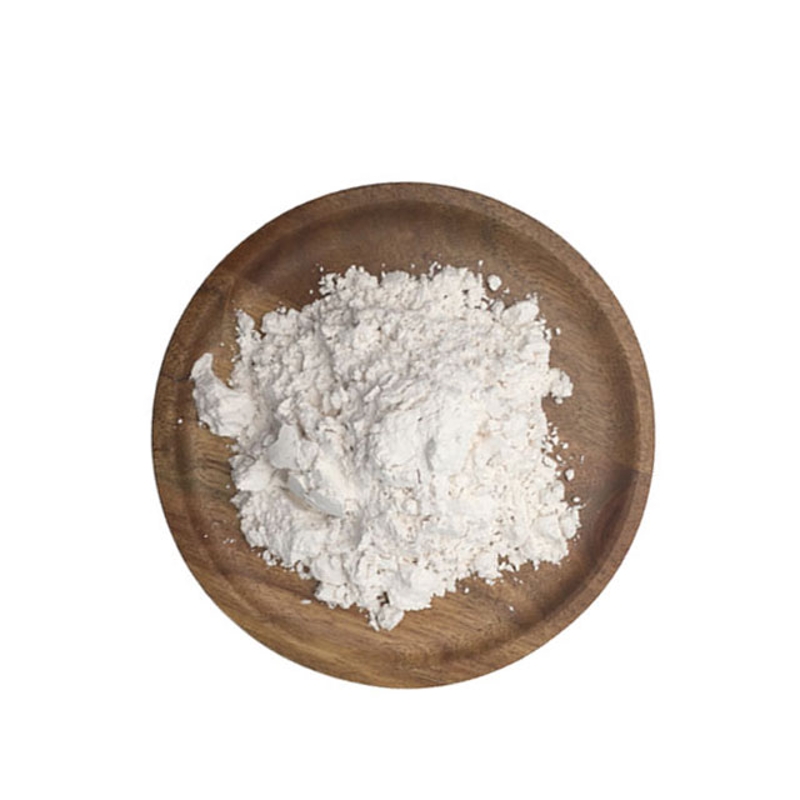-
Categories
-
Pharmaceutical Intermediates
-
Active Pharmaceutical Ingredients
-
Food Additives
- Industrial Coatings
- Agrochemicals
- Dyes and Pigments
- Surfactant
- Flavors and Fragrances
- Chemical Reagents
- Catalyst and Auxiliary
- Natural Products
- Inorganic Chemistry
-
Organic Chemistry
-
Biochemical Engineering
- Analytical Chemistry
- Cosmetic Ingredient
-
Pharmaceutical Intermediates
Promotion
ECHEMI Mall
Wholesale
Weekly Price
Exhibition
News
-
Trade Service
White matter signal anomaly (WMSAs) is extremely common in clinical practice, but it has been ignored for a long time and is considered to be the result of normal aging of the brain
.
It is now clear that these abnormalities are not only signs of small cerebral vascular disease (SVD), cavities, microbleeds, and enlarged perivascular spaces, but also signs of neurodegenerative processes and many other conditions
Blood vessel
In the recent STROKE magazine, Jung et al.
explored the heterogeneity of WMSA in a primitive way
.
The author speculates that the performance of WMSA on magnetic resonance imaging is inconsistent and differs in pathophysiology
.
They developed an automatic segmentation method that goes beyond the simple volume method
White matter signal abnormality (WMSA) variable quantification program
White matter signal abnormality (WMSA) variable quantification programWhite matter signal anomaly (WMSA) classification procedure
White matter signal anomaly (WMSA) classification procedureThe correlation between key white matter signal abnormalities (WMSA) variables and individual category risk
.
.
The distribution of white matter signal anomaly (WMSA) in each WMSA classification
The distribution of white matter signal anomaly (WMSA) in each WMSA classification
The pattern consisting of larger, major lateral paraventricular lesions (Class II) is associated with older age, hypertension, and less physical activity, which are all known risk factors for SVD
.
Two other types were also found: small and large, mainly deep lesions (Class I); small and high-contrast lesions, in small numbers, confined to the periventricular white matter (Class III)
The pattern consisting of larger, major lateral ventricle lesions (Class II) is related to older age, high blood pressure, and less physical activity.
Although the author found several indicators to distinguish the types of WMSA, other indicators from advanced imaging technology showed promise
.
For example, diffusion tensor imaging studies have reported that impairment of the white matter microstructure integrity of WMSA and normal white matter is detrimental to cognitive outcomes
Skeletonized mean diffusivity (Skeletonized mean diffusivity) is a new marker of white matter integrity based on the histogram analysis of main white matter tracts.
Stroke research also suggests different causes based on location
In order to further explore WMSA in the whole brain, other MR signal characteristics, such as those detected in the current study, can provide information about the underlying histopathology or phenotype within the disease.
Data-driven research based on artificial intelligence and machine learning algorithms There may be hope
.
In terms of localization, automatic segmentation methods based on atlas or white matter tracts can provide the anatomical or functional area load of WMSA, providing a new way to explore the terrain specificity between diseases
Based on artificial intelligence and machine learning algorithm selection is to use specialized statistical methods (principal component analysis, singular value decomposition and non-negative matrix factorization) to perform voxel-based dimensionality reduction on WMSA spatial distribution, and use the latent representation of WMSA topology
Original source
Jung KH, Stephens KA, Yochim KM, Riphagen JM, Kim CM, Buckner RL, Salat DH .
Jung KH, Stephens KA, Yochim KM, Riphagen JM, Kim CM, Buckner RL, Salat DH .
Heterogeneity of cerebral white matter lesions and clinical correlates in older adults.
Stroke .
2021; 52:620–630.
doi: 10.
1161/STROKEAHA.
120.
031641 .
Heterogeneity of cerebral lesions and White Matter in Clinical correlates older Adults.
Stroke 2021; 52:.
.
620-630 doi: 10.
1161 / STROKEAHA.
120.
031641 Stroke in this message







